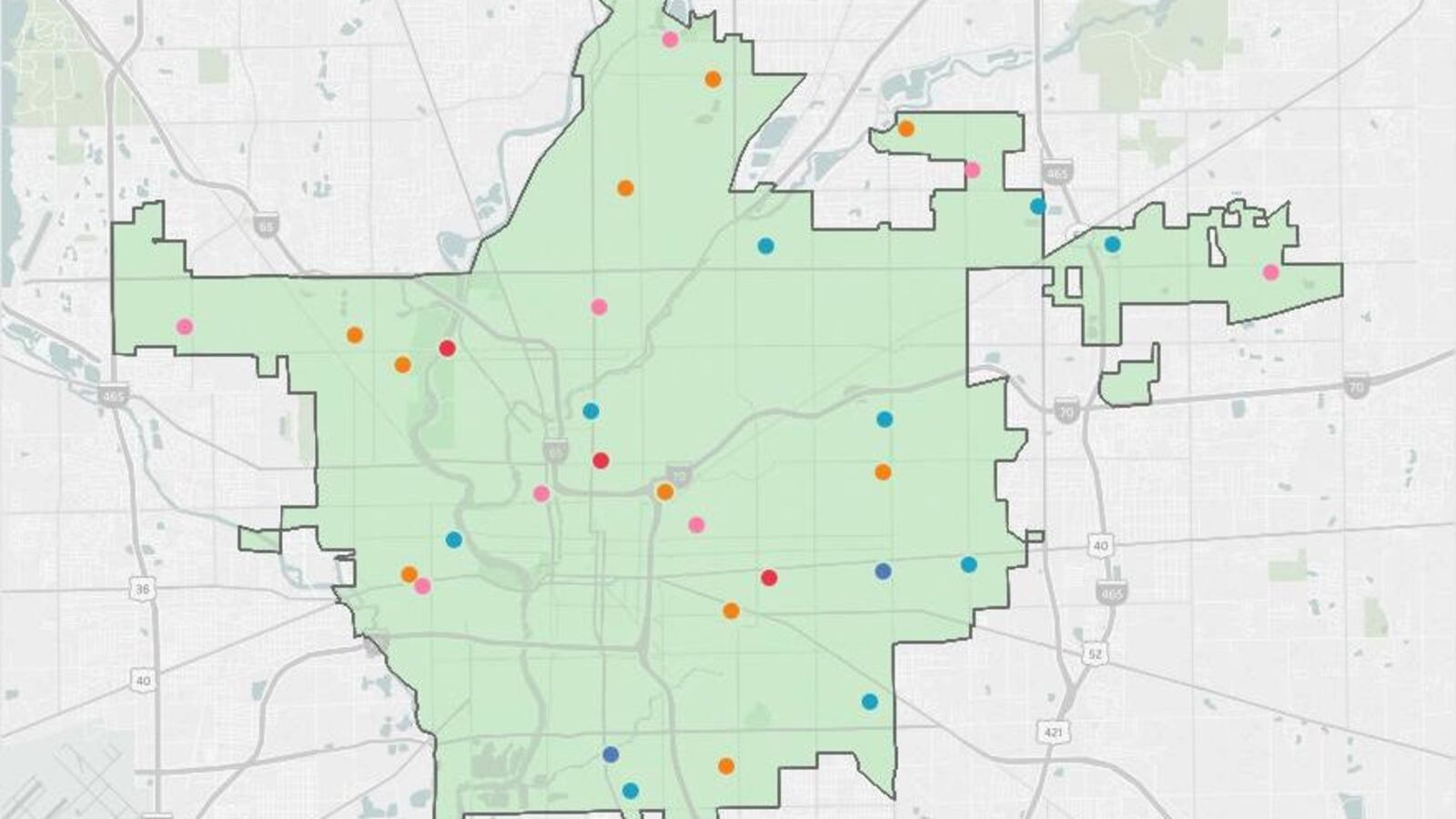It’s the start of a new school year for students across Indianapolis. While hundreds of Indianapolis Public Schools high schoolers face the prospect that their campuses will likely close next year, another set of students attend schools that are just opening their doors.
At the same time that IPS leaders are planning to close three district high schools, they approved two new high schools in partnership with charter operators and added a third school, which was previously an independent charter, into the innovation network.
The school board’s decision to approve new innovation high schools at the same time it is closing traditional schools offers a hint at what IPS’ future may hold: A more fragmented district, with smaller campuses that are managed individually or by charter networks.
But Superintendent Lewis Ferebee says, innovation schools will not replace traditional high schools for most IPS students.
“We do need options … and for some families, they like the smaller high school. But we’re just not in a financial position to operate a bunch of small high schools because that’s expensive,” he told Chalkbeat in April. “There may be other new high schools, but none of those options are going to be a large, comprehensive high school.”
As innovation schools, the three campuses — Herron, Riverside and Purdue Polytechnic high schools — are considered part of IPS. The district gets credit for data such as their test scores and graduation rates. But it is not involved in their daily operation, and the staff work directly for the charter managers.
New innovation high schools will be entering a crowded landscape: Families who live in Center Township already have lots of options when it comes time to choose high schools. Last year, there were dozens of schools in the district’s boundaries educating 9-12 grade students, including eight IPS high schools, nine charter schools, two takeover schools managed by Charter Schools USA and 10 state-accredited private schools.
Even if traditional schools educate most IPS high schoolers in the future, it’s very likely that more and more students will go to innovation high schools.
When a task force released a report in April calling for three high schools to be closed, that theme was clear. Innovation and charter schools appear “poised for growth,” the report noted.
“As we move forward, we believe the high school growth will occur with innovation partners,” operations officer David Rosenberg told the board. It doesn’t make sense to preserve traditional, large buildings because “those partners … would prefer smaller, more flexible space.”
In addition to the three innovation high schools created this year, there are other potential schools on the horizon. The Mind Trust, a nonprofit education advocacy organization that has been influential in shaping district-charter partnerships in Indianapolis, awarded fellowships in July to help launch two additional innovation high schools.
The prospect of more innovation high schools has sparked suspicion from parents, teachers and community members who are skeptical of the district’s increasing collaboration with charter schools.
Chrissy Smith, an IPS parent who has been vocally opposed to innovation schools, raised the concern when the final closing plan was released in June.
“Why are we supporting innovation and charter schools, while closing IPS schools?” Smith asked. “If IPS doesn’t have enough money to operate the high schools we have, why are we paying for three … new charter innovation high schools?”
But it’s too early to tell how many IPS students will go to innovation high schools.
Charter schools tend to be smaller than traditional, urban and suburban public high schools. Herron enrolled over 800 students last year, while Riverside and Purdue each aim to enroll 600 students. That adds up to 2,000 students, a significant number in a district that educates about 5,000 high school students. Herron is already full, however, so it wouldn’t necessarily draw more students away from traditional high schools. The two new innovation schools are likely to draw many of their students from outside the district’s boundaries.

